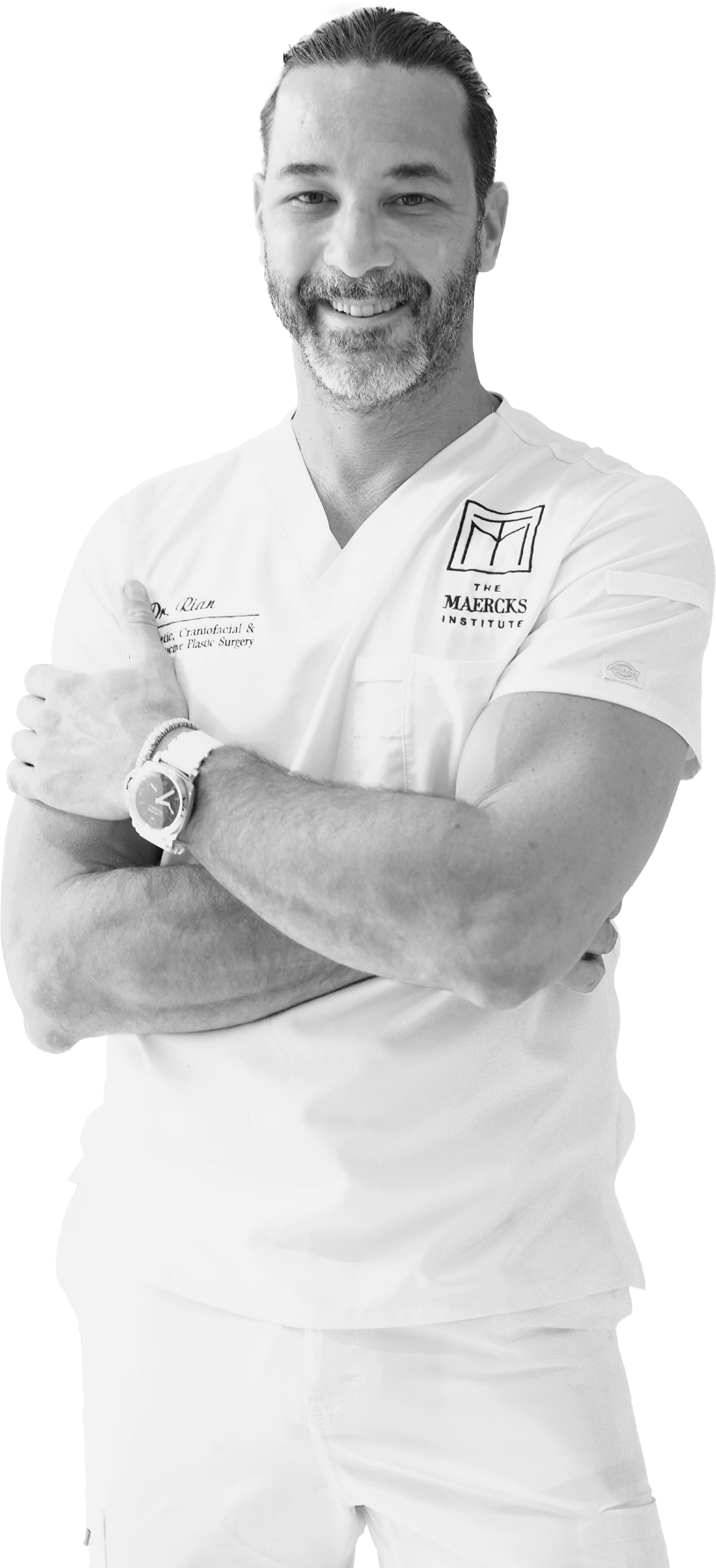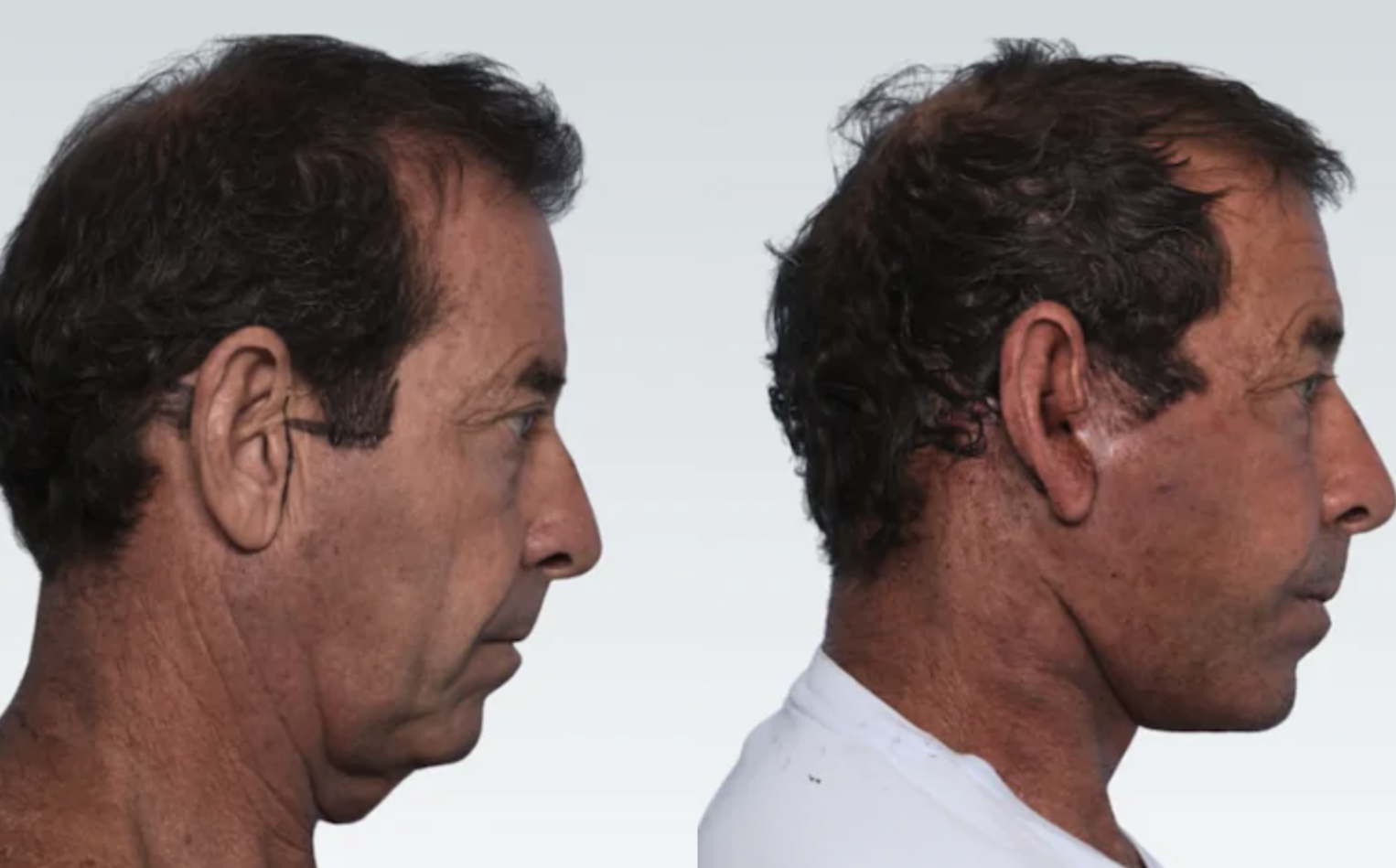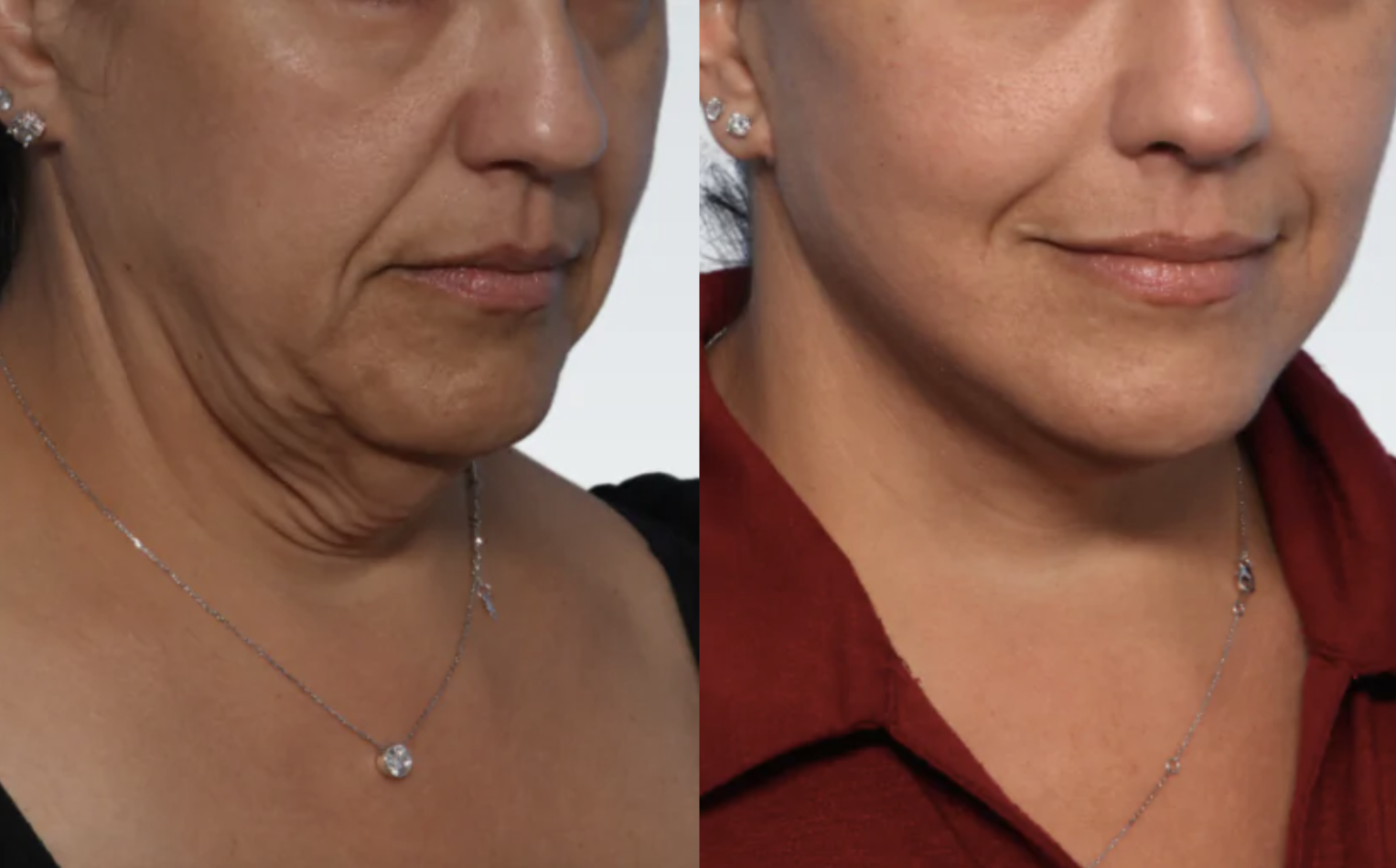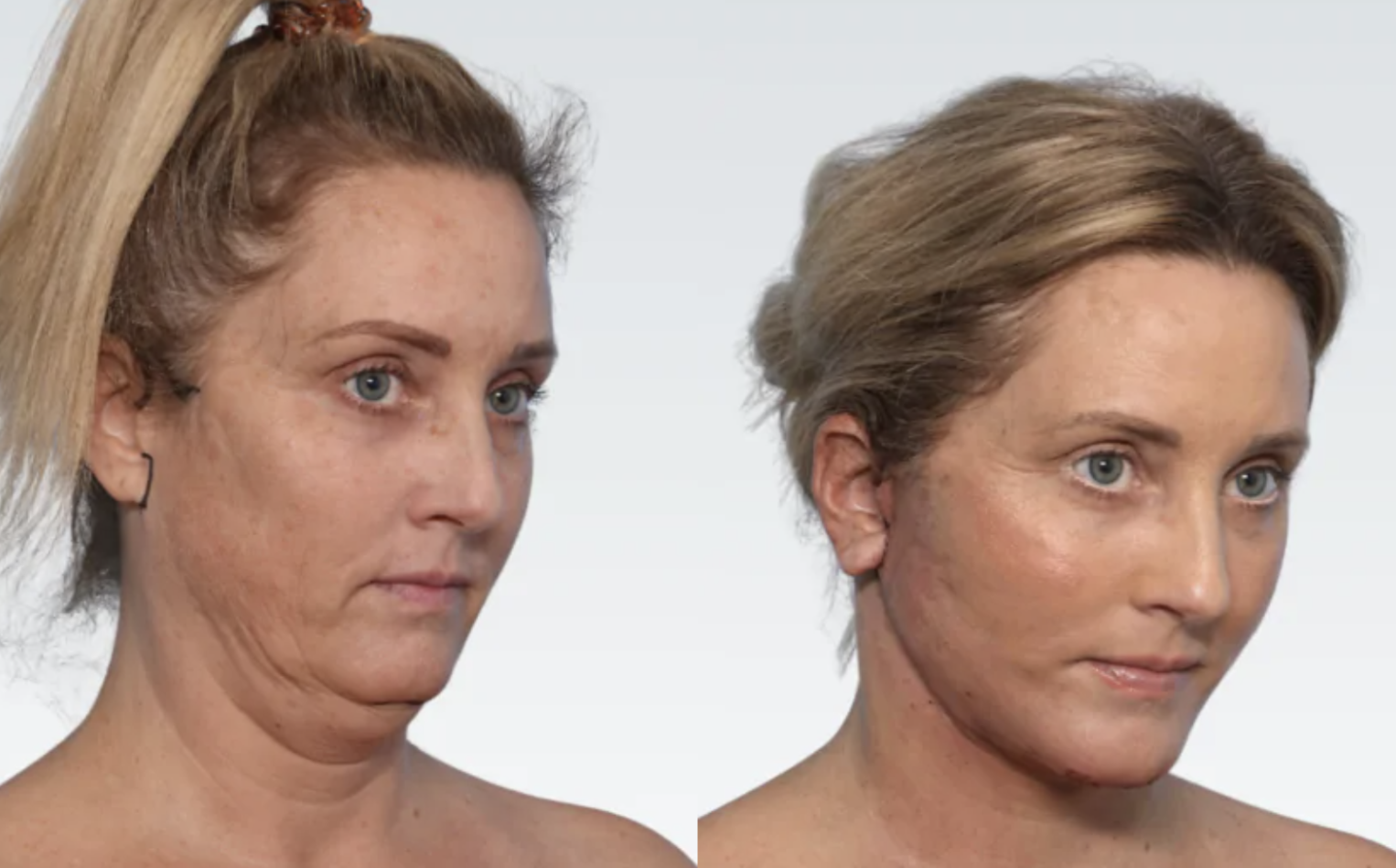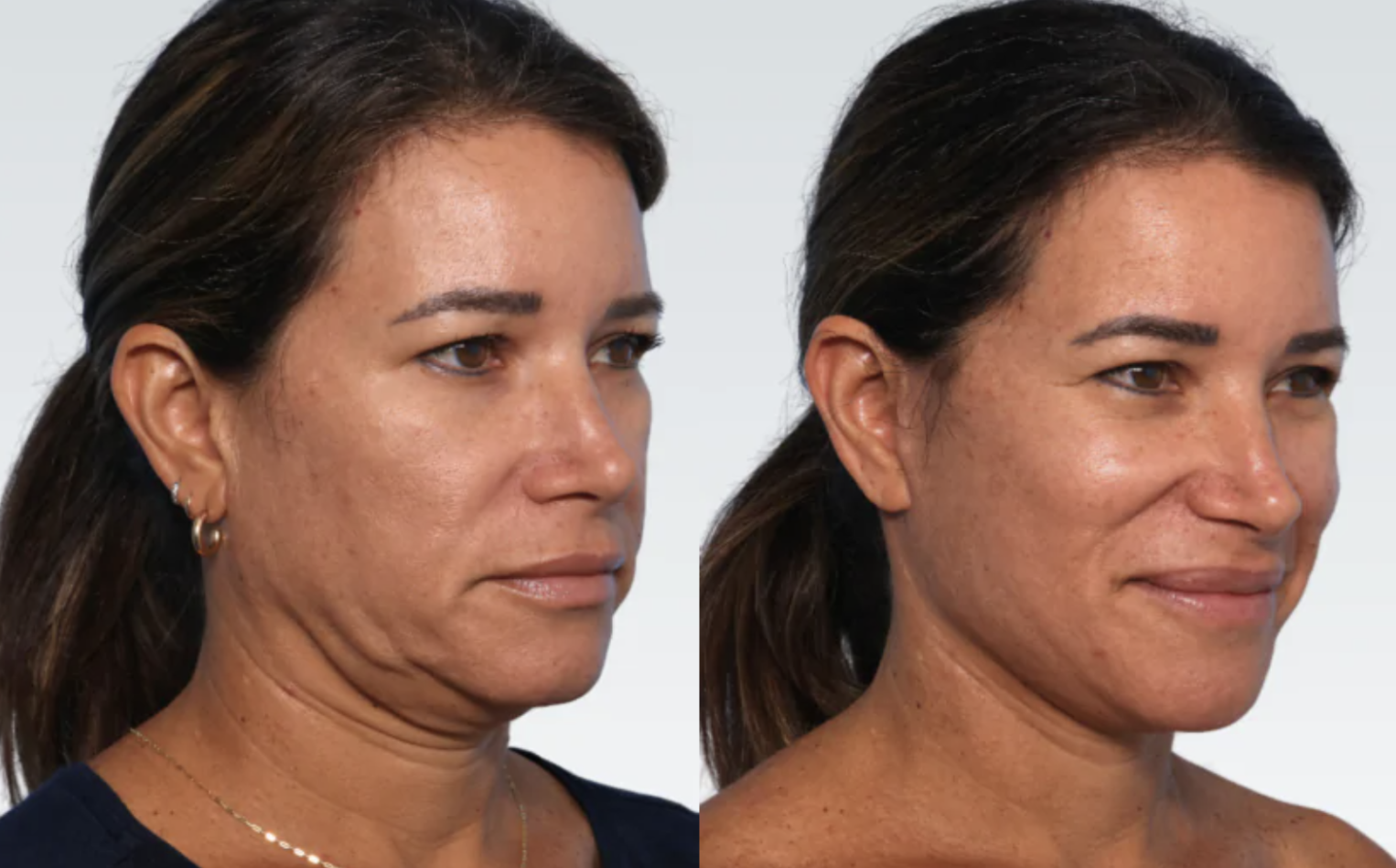Cold-Subfascial Breast Augmentation
Conveniently located to serve the areas of Miami, FL
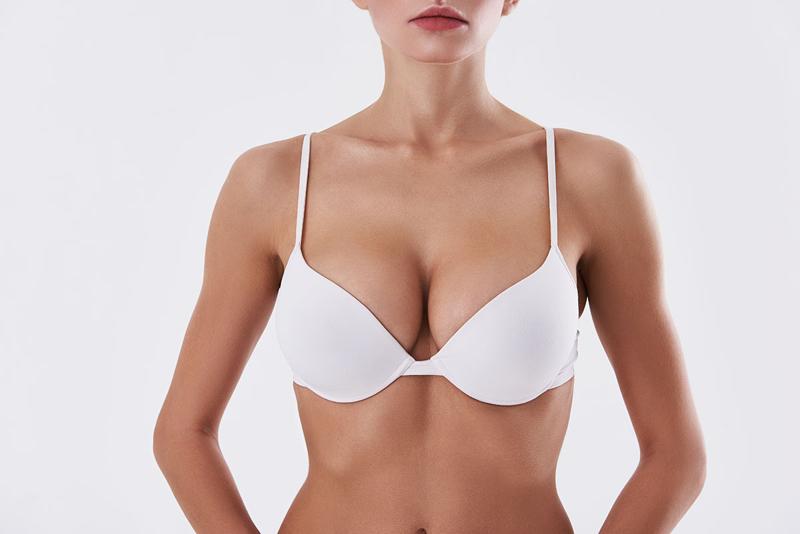
Cold-Subfacial Breast Augmentation© is a new breast augmentation technique Dr. Rian A. Maercks has developed to help patients achieve the most natural-looking results, with optimal longevity. This technique allows Dr. Maercks to support long-term control of breast shape and cosmetic appearance.
At The Maercks Institute, the Cold Subfascial Breast Augmentation (“Scarless Breast Augmentation” or “Scarless Breast Lift”) procedure allows Miami patients with pendulous breasts and flatter, elongated breasts to achieve the looks of a lifted breast without a lifting scar. Dr. Maercks is a board-certified plastic surgeon licensed in Florida and the state of New York. Dr. Maercks makes it a priority to use the most advanced techniques available to provide patients with the best results and experience possible.
Are you interested in learning more about the cold-subfascial breast augmentation process? Schedule a personal consultation at our Miami office today by calling (305) 328-8256 or filling out our contact form.
Click here to see videos related to Cold-Subfascial Breast Augmentation.
Contents
About Cold-Subfascial Breast Augmentation
Unlike conventional techniques for breast augmentation, Cold Subfascial Breast Augmentation ensures that implants are placed above the muscle, but under the fascia. The fascia of the breast, also known as the superficial fascia system of the breast, is composed of a layer of connective tissue. This tissue encompasses the entire breast and is located beneath the skin. This technique will preserve muscle form and function, add fullness to the superior pole of the breast, perfect cleavage without the gap, and contour a shape that appears natural.
Dr. Maercks takes a transaxillary approach (under the armpit incision), which requires more technical skill but leaves virtually no scarring. Many conventional techniques for breast augmentation use electrocautery to carry out dissection, but Dr. Maercks uses cold dissection.
Electrocautery vs. Cold Dissection
Electrocautery devices are universally used in breast surgery. Though widely implemented, these tools burn the adjacent tissues, which causes local tissue death. Dr. Maercks’s Cold-Subfascial technique ensures that the maximum amount of strong, supportive fascia is elevated while producing zero thermal damage. The result is a continuous supportive “brassiere” with a precise design for the most beautiful feminine form.
Nipple Correction with Cold-Subfascial Breast Augmentation
In cases where the ideal nipple position is above the current nipple position, the main option would be a breast lift, but many patients prefer to avoid a lift scar. A scarless breast augmentation is possible by lowering the fold of the breast via Cold Subfascial Breast Augmentation, which will rotate the nipple upwards (also called “auto-rotation”). Auto-rotation will give the entire breast an automatic lift, leaving the patient with natural-looking and scarless breasts.
Benefits of Cold-Subfascial Breast Augmentation
There are several advantages to Cold Subfascial Breast Augmentation, including a beautiful re-draping of breast tissue over the top of the implant, which results in a less noticeable implant and gives the breast a very natural appearance. In addition, the fascia acts as a support bra inside the breast, taking the load of the implant and protecting the breast tissues from the forces of gravity.
The subfascial placement of implants is also beneficial to the patient as they help reduce the risk of capsular contracture. Capsular contracture is when the scar tissue or “capsule” that forms around a breast implant after a breast augmentation tightens around the implant. This can cause unwanted changes in the breast appearance and discomfort for the patient. Capsular contracture is less likely when the implants are placed in the subfascial position, enhancing patient comfort and safety. (1)
Candidates
Candidates for cold-subfacial breast augmentation include any patients who are hoping to enhance the size and shape of their breasts with less extensive scarring and a more efficient procedure. Candidates should be at a stable weight, are in overall good health, and maintain realistic expectations about what their procedure can accomplish. Dr. Maercks will help you determine if you are a good candidate for cold-subfascial breast augmentation during a personal consultation.
Personal Consultation
During your consultation at the Maercks Institute, you will meet with Dr. Maercks to discuss the details of cold-subfascial breast augmentation. You will be encouraged to share your medical history with Dr. Maercks, as this will help him personalize your procedure to align with your needs. At The Maercks Institute, we prioritize patient education and comfort. We will provide you with helpful resources that will help you make an informed decision about your procedure.
To schedule an appointment at The Maercks Institute today, call (305) 328-8256 or fill out our contact form.
We look forward to helping you achieve your aesthetic goals!
Preparation
Dr. Maercks will provide you with detailed preparation instructions during your consultation. Most likely, these will include refraining from smoking for a period of time, arranging for time off for recovery, and confirming a ride home from the procedure with a trusted individual. You will also need to adjust your medication regimen and avoid any substances or medications that thin the blood.
Cold Subfascial Breast Augmentation Techniques
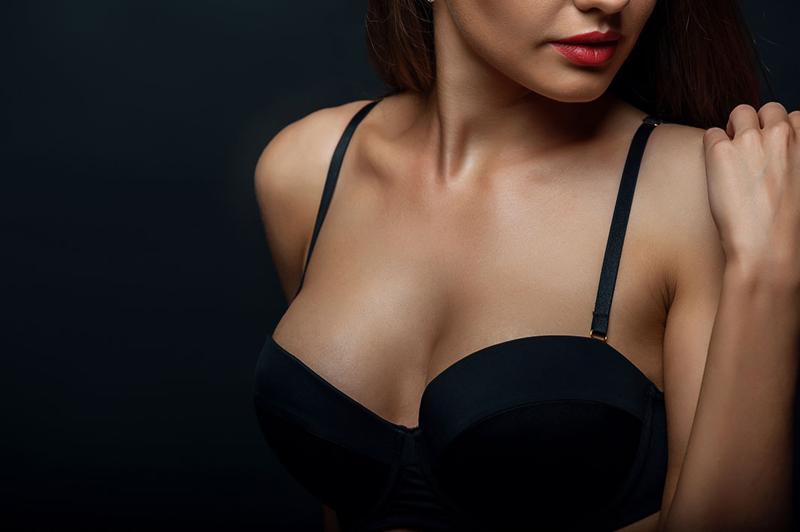
During the cold-subfascial breast augmentation procedure, Dr. Maercks will employ advanced techniques that allow for optimal results and minimize recovery times. An incision is made to place the implant and, while Dr. Maercks can give you an in-depth look at the different types of incisions, the final choice is ultimately in the hands of the patient. Dr. Maercks will provide you with all the resources you need to make an informed decision. Dr. Maercks typically prefers to leave the breasts with a scarless appearance using a special transaxillary technique (i.e., through the armpit).
Additional incision sites can include the following placements:
Inframammary
The inframammary incision is the preferred incision placement of most plastic surgeons when placing silicone gel implants. An incision is made directly below the inframammary fold, giving the surgeon easy access to the pectoral muscles. However, the scar is very obvious when nude, and can often be seen riding below some bikini tops.
Periareolar
The periareolar incision is made around the border of the areola. Patients often choose this option because there’s less scarring and the breasts can be lifted at the same time implants are placed. Dr. Maercks tends to avoid this approach unless a lift is necessary.
Transaxillary
During a transaxillary approach, an incision is made in the armpit to access the breast, and the implant is then placed in the breast area through the armpit. There is virtually no scarring with this type of incision, although it requires more technical skill from your surgeon. Dr. Maercks generally performs all primary breast augmentations through this approach because it essentially leaves the breasts with a scarless appearance, and the axillary scar generally fades to resemble a natural crease.
Transumbilical
To make a transumbilical incision, a small incision is made in the belly button, and the implant is worked up the navel toward the breast, producing a virtually scarless implant. This option is less safe and very unpredictable. This is because it’s not possible to precisely control the plane of the implant. In addition, silicone implants cannot be placed in this manner. Dr. Maercks generally advises avoiding this technique. (2)
Why choose Dr. Rian Maercks for breast surgery?
Dr. Rian Maercks is a board-certified plastic surgeon who not only elevates the standard of patient care and safety with every procedure he performs but has also made a name for himself with his innovative and progressive breast techniques. His approach to both surgical and non-surgical procedures of the face and body has earned international recognition from both surgeons and patients alike, and his undergraduate training in fine arts and philosophy created the framework through which he explores the world of medicine and plastic surgery.
As the expert who will formulate the right treatment plan for your goals, Dr. Maercks uses his attention to detail, artistic vision, and experienced judgment to design a procedure that leverages your unique beauty in a manner that is anything but cookie-cutter. If you’re in Miami and interested in scarless breast augmentation, reach out to us today and discover why Dr. Maercks has changed the lives of thousands of patients over the years.
Cost
The cost of cold-subfascial breast augmentation may vary depending on the type of implant you are receiving and what techniques Dr. Maercks employs. If you have any questions about pricing, please contact our office and schedule a consultation. During your consultation, we will provide you with a detailed cost estimate that is relevant to your unique procedure.
To schedule an appointment at The Miami Institute today, call (305) 328-8256 or fill out our contact form.
References
- Gould DJ, Shauly O, Ohanissian L, Stevens WG. Subfascial Breast Augmentation: A Systematic Review and Meta-Analysis of Capsular Contracture. Aesthetic Surgery Journal Open Forum. 2020;2(1). doi:https://doi.org/10.1093/asjof/ojaa006
- Pietro Susini, Nisi G, Diletta Maria Pierazzi, et al. Advances on Capsular Contracture—Prevention and Management Strategies: A Narrative Review of the Literature. Plast Reconstr Surg Glob Open. 2023;11(6):e5034-e5034. doi:https://doi.org/10.1097/gox.0000000000005034
